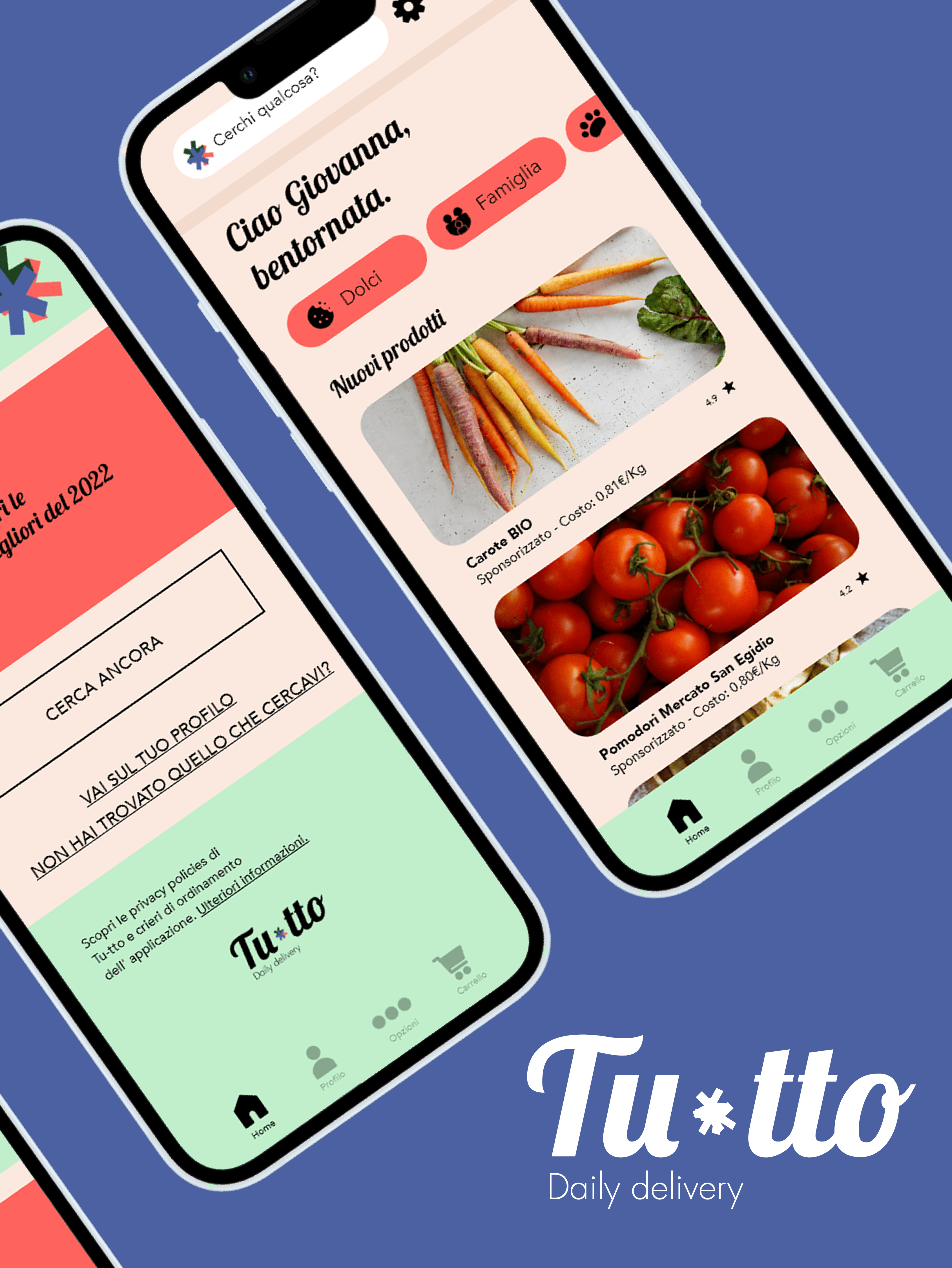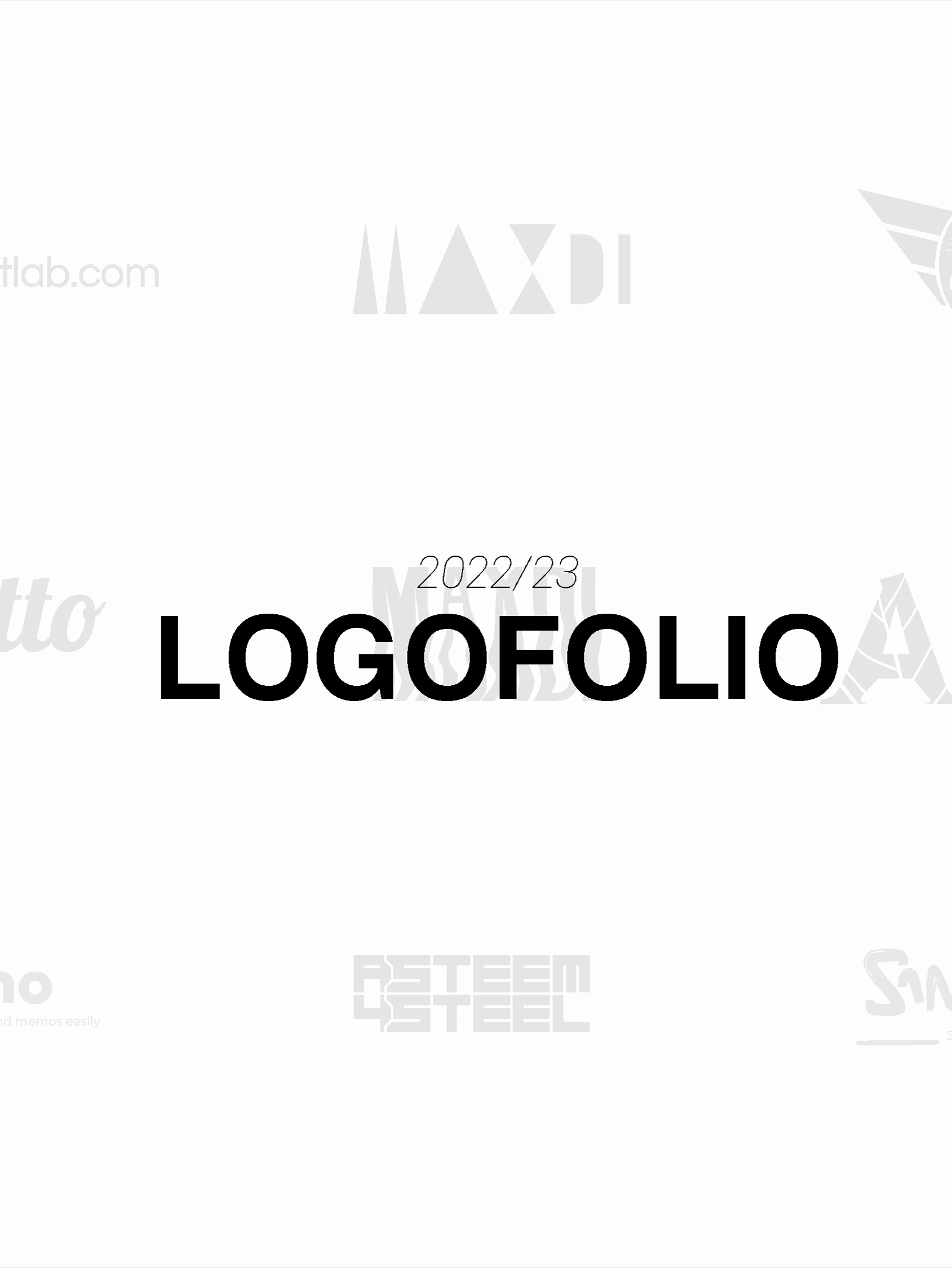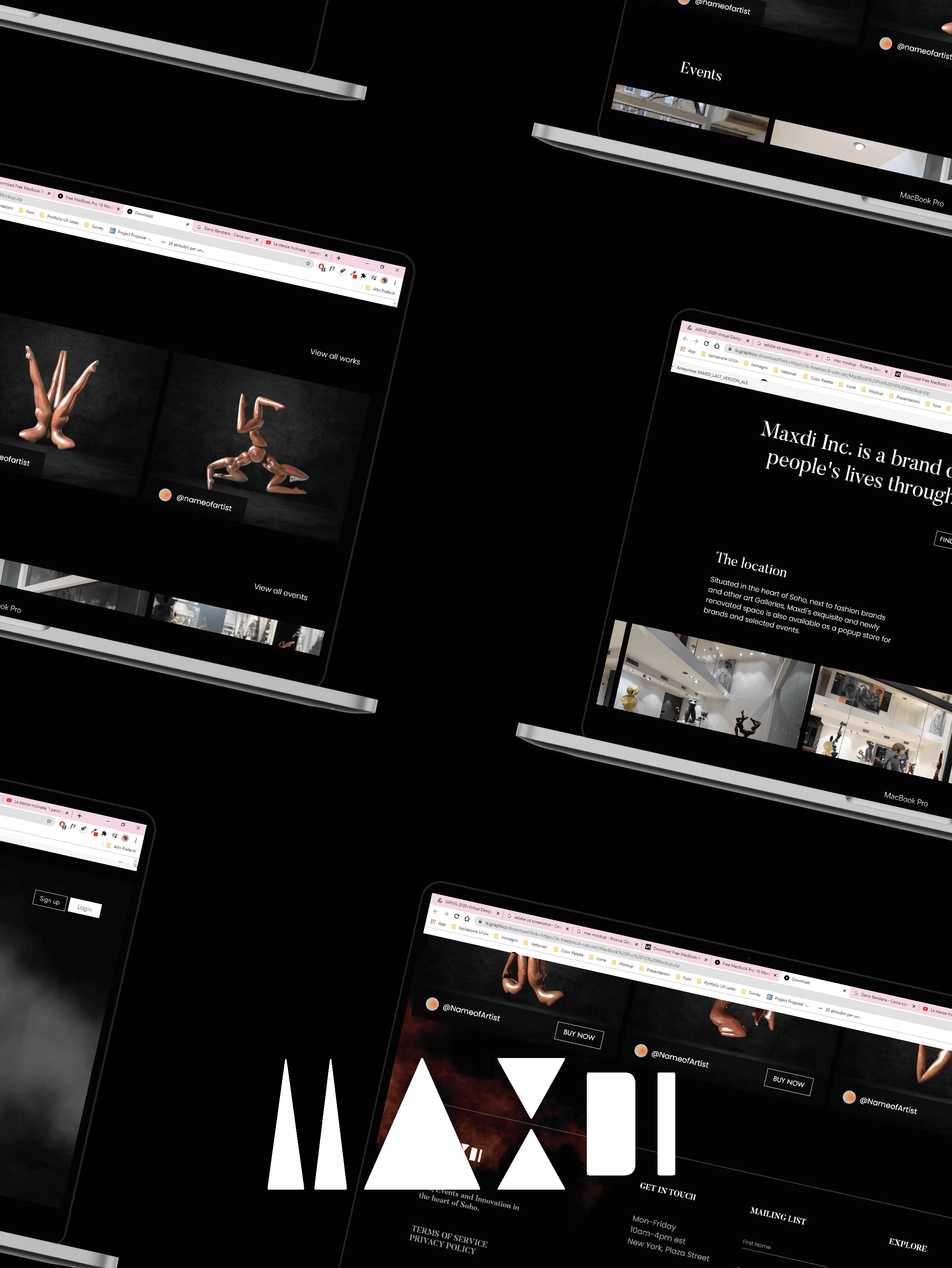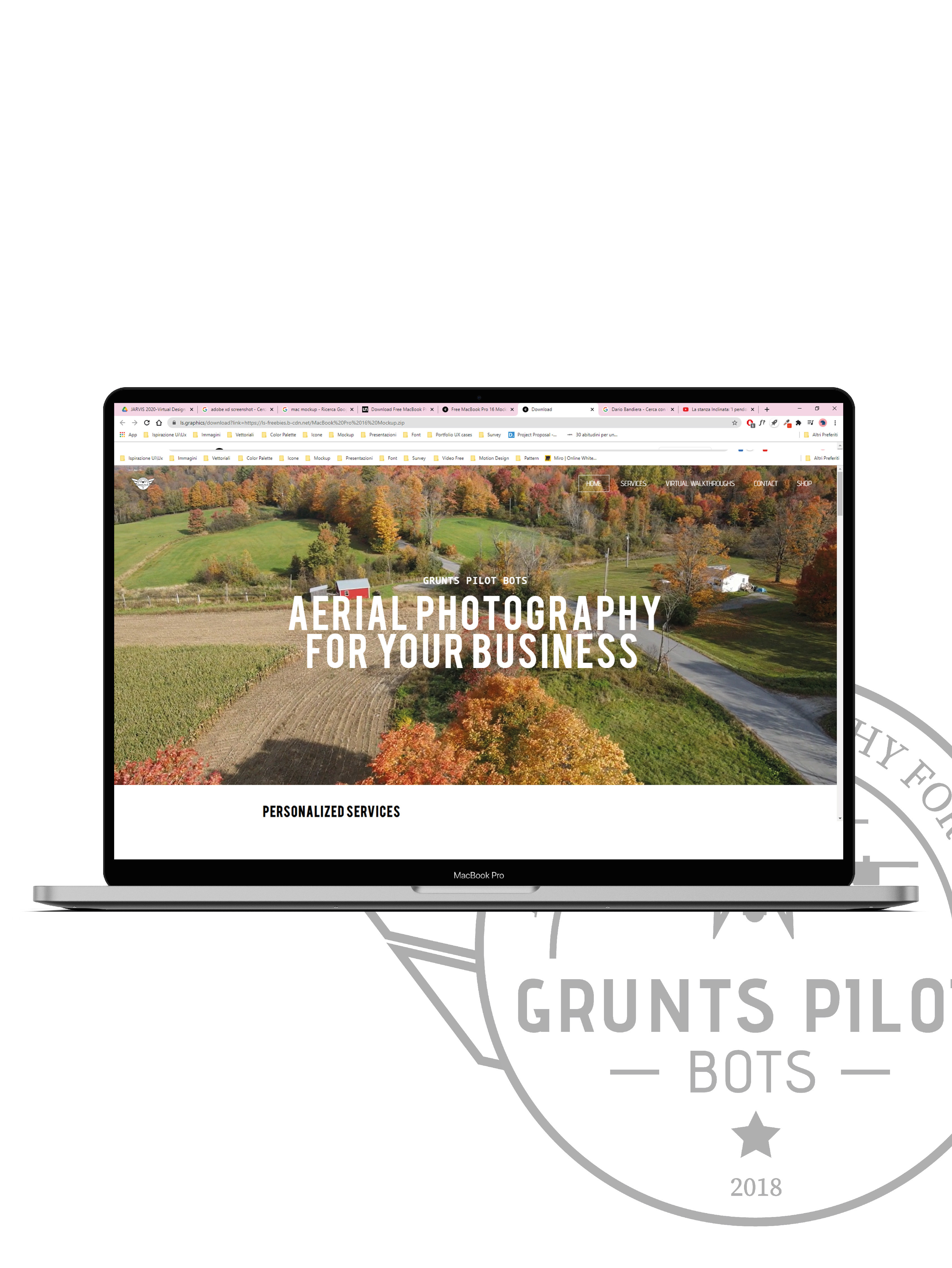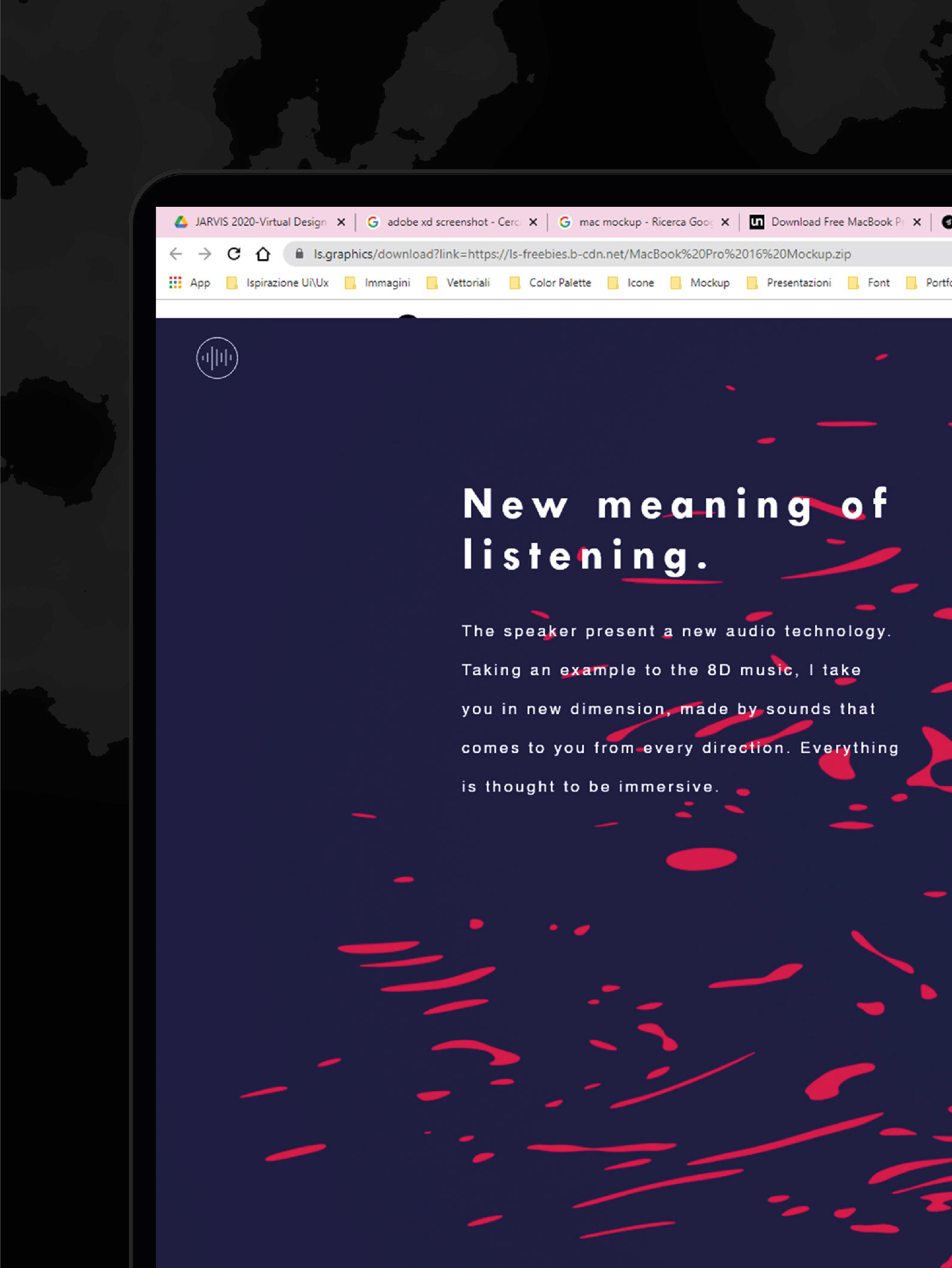1. Scenario
The scenario involves food, sustainability, and the youth people. These three themes oriented the research in desk and field, collecting numbers, data, news, and statistics about the social field, economic field, and sustainability field of the Turin area.
2. Analysis
Analysis
After discovering the area as one of the bigger areas in the city full of students, we took into consideration the problem of choosing, buying, and consuming food as one of the main obstacles to the life of a student.
1 - High presence of young students
2 - The presence of numerous social barriers and issues
3 - A lot of potential and historical areas are not properly valued.
4 - Change of habits: a lot of new students are constricted to change their actual habits and finding a new routine.
User Research
Several user types of research have been conducted in order to explore the social context: online surveys, desk research, personas, and statistic analysis.
Personas
The user Personas helped us to understand the needs of each people and build projects based on their actually daily life. Five different students were analyzed and interviewed in order to understand pain points, needs, and issues.
3. Customer Journey map
In order to explore the User Persona and understand needs, frustrations, pain points, and opportunities, it has been used the customer journey map. Through this tool is possible to visualize phases referring to the consumption of food, emotions linked to it, and other key drivers. That brought us to think about understanding the needs of the target and start to design the project itself.
4. Framing the problem
How can we help people to take action every day toward sustainability?
We discovered gamification as a tool to generate interest and actions in a field. Indeed, we took advantage of this tool to create a system that generates sustainability awareness among young students leading to the spread of a strong knowledge of the territory and its local resources.
According to the theory of Gamification, people are encouraged to take action and acquire more knowledge by using game elements in a routine environment. In this perspective, service design helps to find the right strategy to spread the verb.
5. Logo design
6. Illustrations

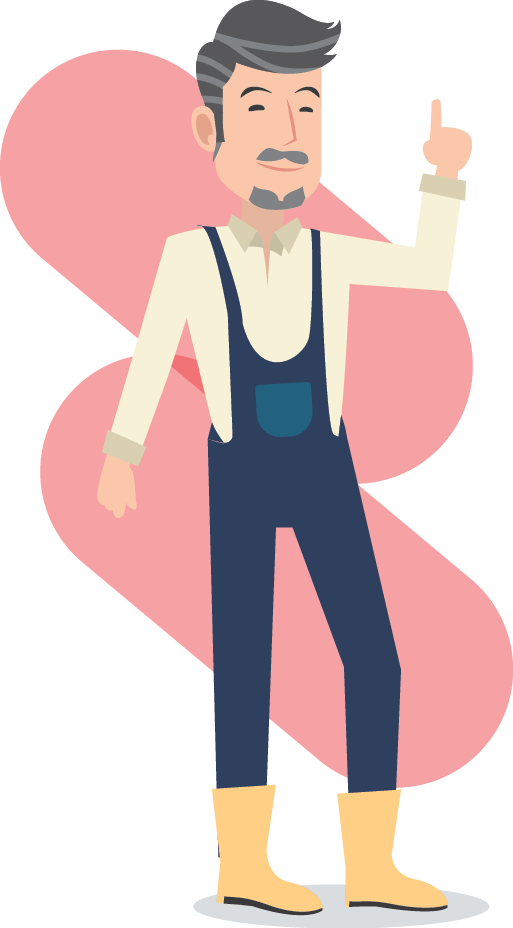
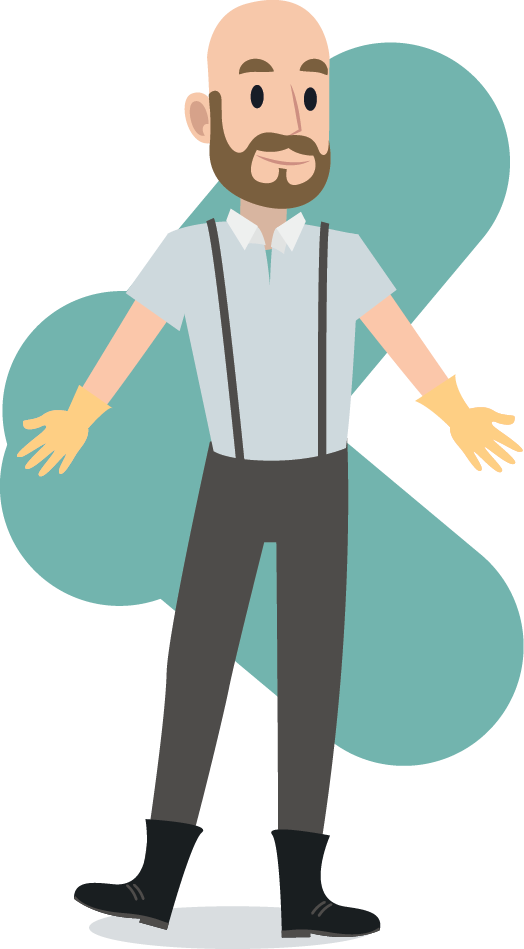
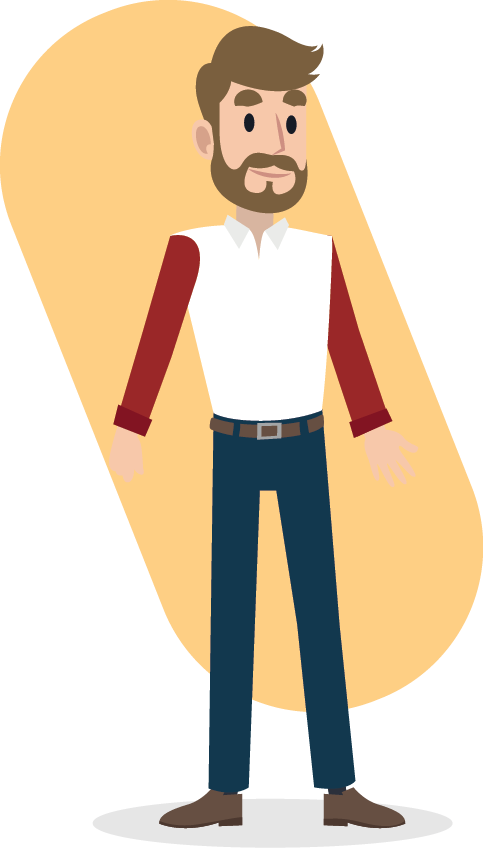


5. Prototype
1.0 Grasp Grub, Log In
1.1 Grasp Grub, Game flow
1.2 Grasp Grub, Loading Page
1.3 Grasp Grub, Managing Page
1.4 Grasp Grub managing the trash
1.5 Grasp Grub, Phygital Service
Mini and Macro Challenge
Mini-challenge
The game is provided 10 levels to acquire more knowledge and awards in the game, thanks to a little challenge the user is able to gain in-game and physical awards which can retire to the closer market which is better for him.
Macro-challenge
Thanks to the mini-challenge, proceeding with the levels the user will fight against the macro challenge, in that way he can collect money and fruits to spend in the game and in the market of PortaPalazzo (one of the markets in the city of Turin).
2.0 Grasp Grub, menu of the challenges
3.0 Grasp Grub, during collecting fruits challenge
Impact and next steps
Impact
The project is still a prototype and it's still in the graphic phase. Although it received a lot of positive feedback from people and sponsors, the application has been made for University purposes. During the development of the project, the team acquires knowledge in the field of prototype, graphic design, and user testing, giving the project new possible futures. The focal points of the projects are:
1. Encourage users to take action against the climate challenge
2. Restore the value of the local market
3. The game aims to spread value and knowledge to the territory
4. Gamification has a fundamental role to guide the innovation
Implementation and Scalability
The research conducted has led to the definition of a strategy that can be scaled and adapted to a infinite new possible other local realities.


